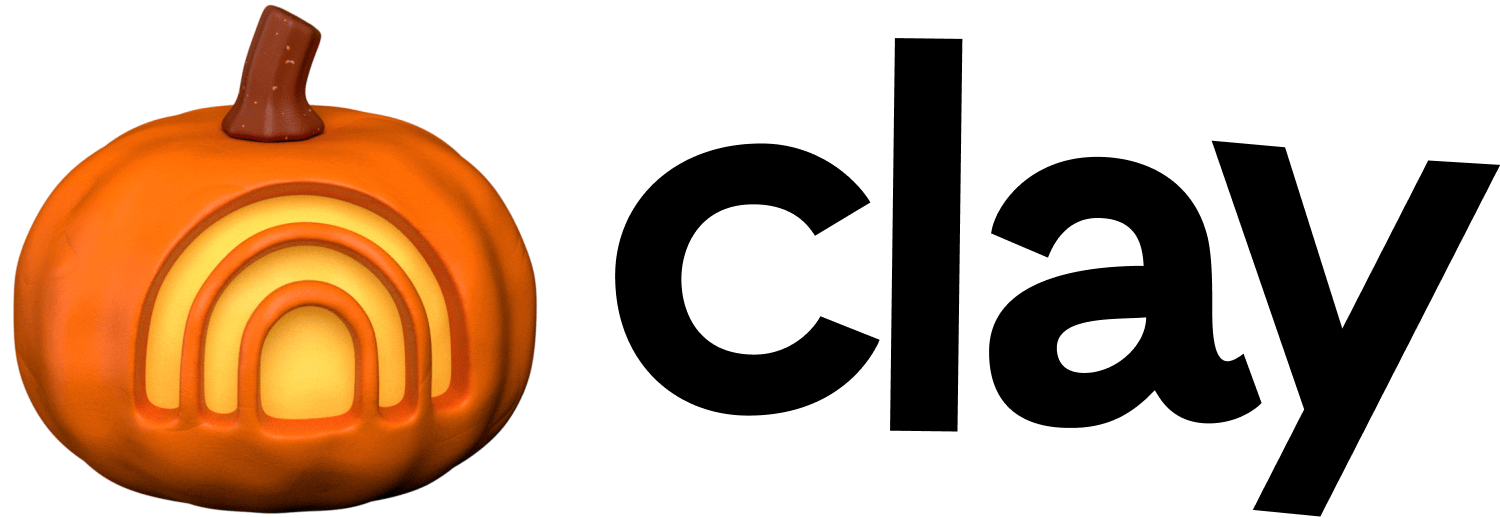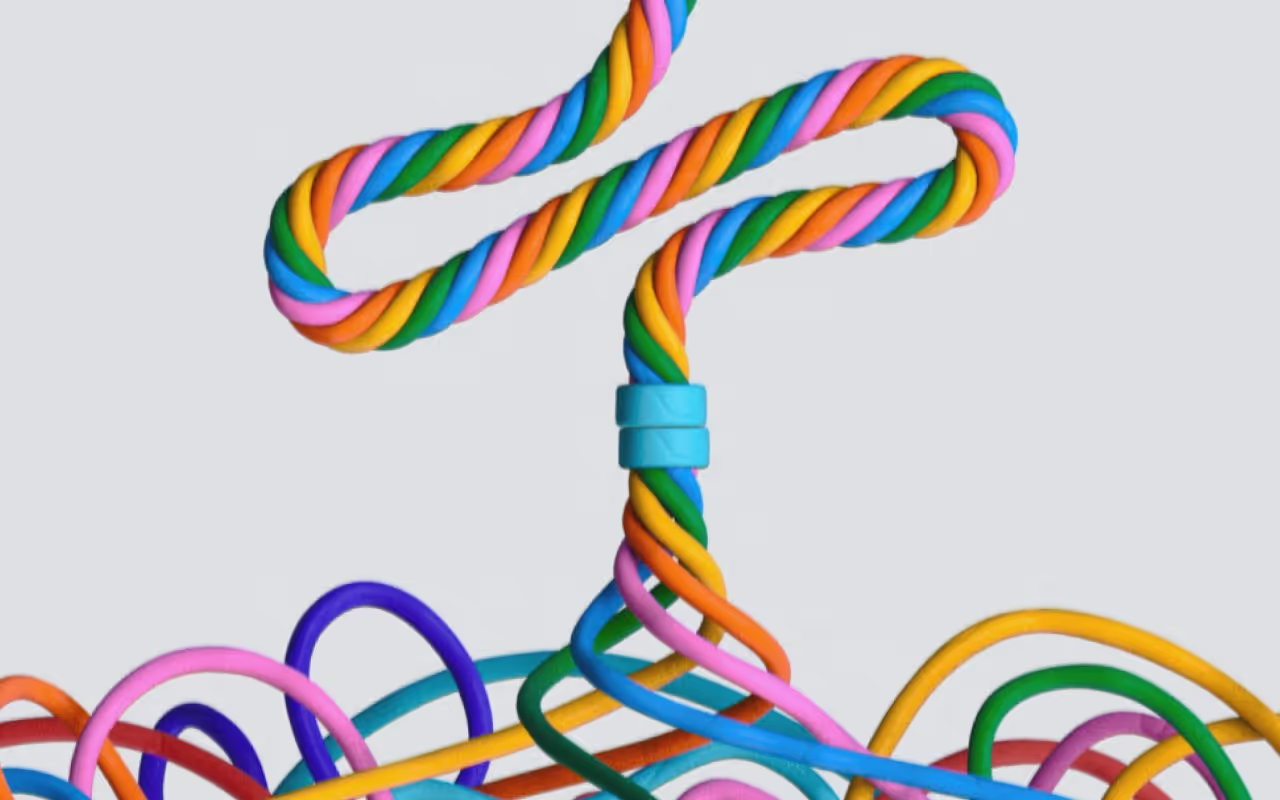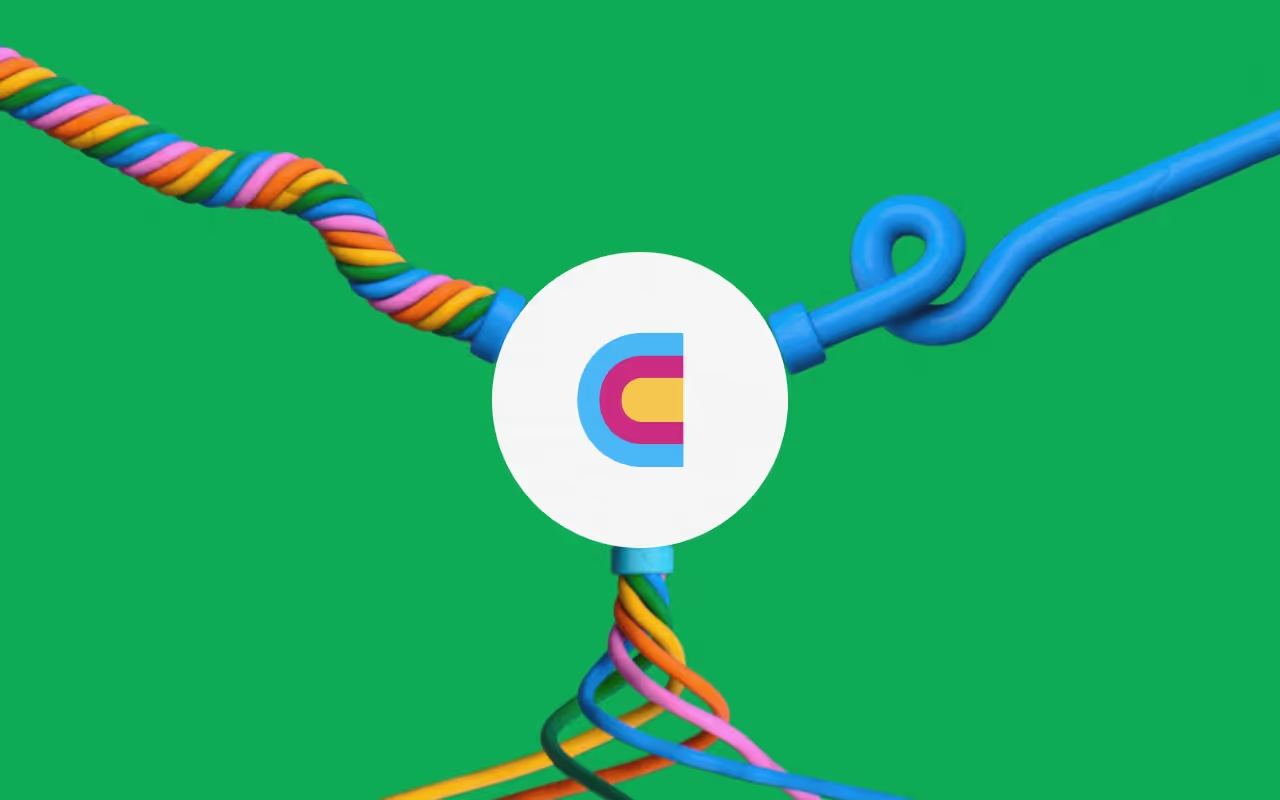Enrich webinar attendees with verified emails, LinkedIn profiles, and company details
This workflow will enable you to enrich webinar attendees with LinkedIn profiles, verified emails, and company firmographics so that you can decide who you want to prioritize and reach out to. You can use this recipe to send this data to Google Sheets automatically.
Learn with our resources
Check out Clay University, read our GTM blog, or try out our top templates to transform your growth ideas into outreach in minutes.






















